
AutomatedLighting
Automated Lighting: The Art and Science of Moving and Color-Changing Light, 3rd Edition
by Richard Cadena, ETCP RT/CEE

About the Book...
This book is a labor of love, with an emphasis on "labor" and a liberal serving of love. The technology covered in the book is advancing at an incredible rate, which made it a real challenge to revise from the 2nd to the 3rd edition. It took about three years to write the original edition and almost that long to update it to this edition. Like a baker's sweet treat, it has a shelf life and it's best consumed fresh and hot. Enjoy every crumb and be sure to come back for seconds and thirds.
Richard Cadena
September 25, 2017

Who It's For...
Automated Lighting: The Art and Science of Moving and Color-Changing Light is intended to be a guided course in stage lighting technology, from the basics to application, and most everything in between. Although it does occasionally mention specific products and brand names for illustrative purposes, it is not intended to be product specific. Knowledge of electricity and electronics is helpful, but there should be enough information presented herein to guide the more ambitious beginner to understand the principles involved.
It covers the history, the technology, and the art of stage lighting, including the mechanical, electromechanical, electrical, electronic, and optical principles of how luminaires work, as well as networking, control protocols, and programming concepts. It’s intended for anyone who has worked or is working as a stagehand, a technician, designer, programmer, consultant, engineer, or any of the myriad positions associated with the stage lighting industry. But more than ever, I’ve tried to make this a practical guide for students, technicians, electricians, programmers, and budding lighting designers.




What's In the Book...
The book is divided into sections, starting with the history of automated lighting and a systems overview, then moving on to electricity and electronics, electromechanical and mechanical systems, optical systems, communications, maintenance, troubleshooting, and repair, console programming, lighting design software, and media servers.
Although the major categories within this book have not changed much, what’s in them has. The single biggest change is probably the prevalence of LEDs and all that goes along with that, including new power supply technologies, optics, ways of assessing color, and more.
What hasn’t changed are those fundamental principles like the basics of DC
and AC electricity and electronics, although I did put in new practice problems associated with those chapters. Of course, computer technology has advanced considerably of late, and that’s the basis of much of stage lighting, so it follows that much of the hardware and software we use in stage lighting has changed, and so has a lot of the protocols we use.
Since the last edition, remote device management (RDM) has become ubiquitous and is now a standard feature in almost every luminaire being built today. There are now four versions of Art-Net, which is a reflection of how far that protocol has come, and it’s about as close to a defacto industry standard as you can get. Along with that protocol comes an expansion of the use of Ethernet, and that carries with it a whole new set of challenges, like how to set it up, how to test it, and how to troubleshoot it. The answer, in many cases, is another software application or a hardware tool that is geared specifically for that application.
This book still covers those common components like power supplies, digital electronics, electromechanical systems, optical systems (including dichroic filters, reflectors, lenses, and more), lamp technology, lighting effects (including color mixing, glass gobos, and more), data distribution systems, DMX, RDM, Ethernet, Art-Net, sACN, and more. It’s still illustrated with drawings and photographs to help reinforce the written material, but this revision is extensive.
Some chapters from the last edition have been combined, some eliminated, and some, like the chapter on FOH setup, have been added. I don’t know
exactly but I would estimate that at least half, and more likely close to two-thirds of this book is new or altered material.

The Changing Technology...
Documenting a moving target like stage lighting technology is a huge challenge. By the time I finished revising the last chapter of the book, I went back to review it from the beginning to the end. What I found is that some of the technology had already changed in that time and I had to update my updates. In a sense, I’m chasing my tail, but at some point you have to give in to the desire of the real world to publish a book.
My sincere hope is that it has enough relevant material to sufficiently address the important aspects of stage lighting, especially those that will help guide you in attaining your career goals, and that it remains sufficiently up to date, at least I can do it all over again.

Richard Cadena is an ETCP Certified Entertainment Electrician and an ETCP Recognized Trainer with 31 years of experience in the entertainment lighting industry. He is the author of:
“Electricity for Entertainment Electricians & Technicians, 2nd Edition”
“Automated Lighting: The Art and Science of Moving Light, 2nd Edition”
“Lighting Design for Modern Houses of Worship”
“Focus on Lighting Technology”
He is also the technical editor for PLASA Media and a columnist for Lighting & Sound America, Lighting & Sound International, and Protocol magazines. As a freelance lighting designer and lighting consultant he has worked on concert tours, television, theatre, motion picture productions, and he has designed dozens of lighting systems for permanent installations. He is a member of IATSE Local 205 in good standing. Current and former clients include Cirque du Soleil, Carnival Cruise Lines, SeaWorld, Saturday
Night Live, NBA, IATSE Locals 1, 2, 4, 6, 8, 16, 58, 479, and more.
Related Web Sites:
www.entertainmentelectricity.com